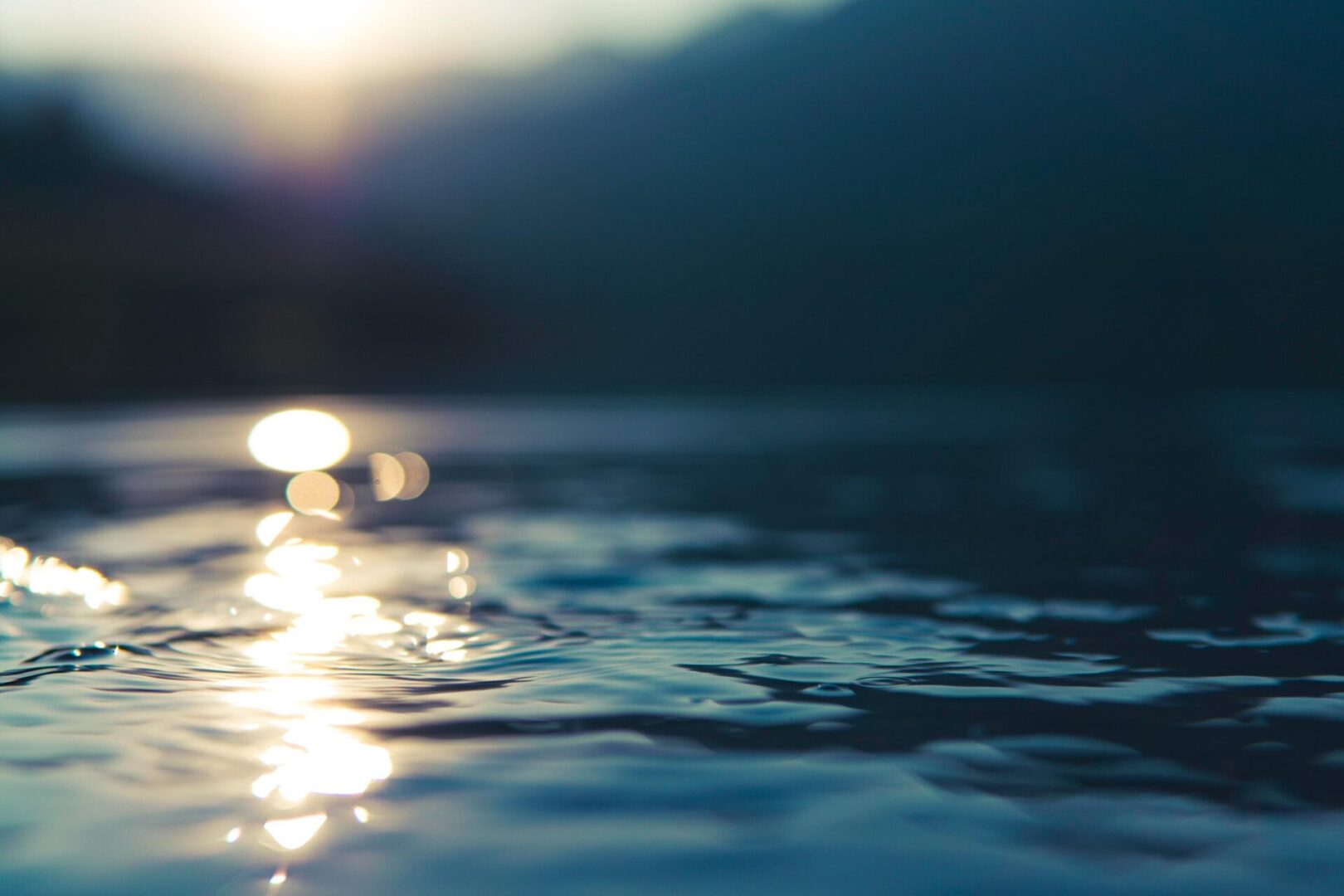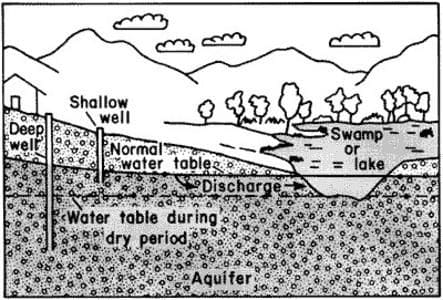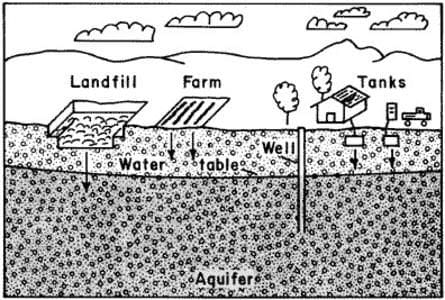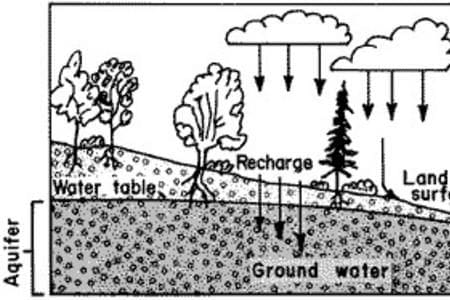Understanding Groundwater
Groundwater is the water that infiltrates the earth's surface through various processes. When rain descends, it initiates a complex journey. Water distribution is uneven. Some water flows across the land surface, replenishing streams or lakes, while some nourishes plant life or evaporates back into the atmosphere. However, a significant portion seeps into the ground, akin to pouring water onto a pile of sand.

Groundwater Movement
As this water permeates the ground, it adheres to soil particles or plant roots near the surface, sustaining vegetation. Excess water not utilized by plants continues its descent, navigating through pores, cracks, or fissures in the soil, sand, or rocks until encountering an impermeable layer. At this juncture, it accumulates, filling the voids and crevices above this barrier. This saturated zone marks the water table, and the water occupying these spaces is referred to as groundwater.
Groundwater Recharge
Recharge water, trickling from the land surface, replenishes groundwater reservoirs. This influx occurs through rainwater, snowmelt, or seepage from lakes and rivers. Additionally, groundwater is replenished by leaks from water-supply systems and excess irrigation in agriculture.

Dynamics of Groundwater Levels
Groundwater pervades almost every location to some extent, with the water table varying in depth. Factors such as heavy precipitation or snowmelt can elevate recharge rates, raising the water table. Conversely, extended periods of drought reduce recharge, causing the water table to decline.
Understanding Aquifers
Aquifer refers to subsurface formations of soil or rock capable of facilitating the movement of groundwater. The capacity for groundwater flow within these formations is determined by the size and connectivity of the spaces within the soil or rock. Porosity denotes the volume of spaces available, while permeability measures the degree of connectivity between these spaces.


Characteristics of Aquifer Materials
Aquifers typically comprise permeable materials like gravel, sand, sandstone, or fractured rock such as limestone. These materials possess large, interconnected spaces, facilitating the movement of groundwater. In gravel aquifers, these spaces are referred to as pores, while in fractured rock aquifers, they are termed fractures.
Impact of Material Connectivity on Groundwater Flow
Conversely, impermeable materials like clay or shale feature numerous small pores with limited connectivity, hindering groundwater flow. Although clay or shale may contain pores, their lack of interconnection restricts the movement of groundwater. The illustration below demonstrates how the connectivity of pores or fractures influences the flow of water within an aquifer.

Utilization and Extraction of Groundwater
Groundwater Usage
Groundwater serves as a primary source of drinking water and household consumption for over 50% of the United States population, particularly in rural areas. Moreover, approximately 75% of cities and numerous industrial facilities rely on groundwater. The predominant use of groundwater lies in agricultural irrigation.
Extraction Methods
Groundwater extraction involves drilling or digging wells, typically consisting of pipes that fill with groundwater. Subsequently, pumps are employed to bring the groundwater to the land surface. However, shallow wells may face water depletion if the water table recedes below the well's bottom.
Discharge and Natural Outflows
Water exiting an aquifer, either through pumping from wells or natural outflows like springs, contributes to the discharge of water. Additionally, groundwater naturally discharges into various water bodies such as swamps, lakes, or rivers.
Groundwater Sustainability and Management
Groundwater Depletion
The depletion of groundwater can occur if the rate of discharge exceeds the rate of recharge. For instance, during dry periods, aquifer recharge diminishes, potentially leading to a decline in the water table and the possibility of wells running dry.
Groundwater Pollution
Groundwater can also become unusable due to contamination, rendering it unsafe for consumption. Permeable materials above aquifers allow pollutants to infiltrate groundwater. Sources of contamination include seepage from landfills, septic tanks, leaky underground fuel tanks, and agricultural runoff containing fertilizers or pesticides.
Sustainable Management
Despite these challenges, groundwater can remain a vital natural resource with prudent usage and pollution prevention measures. By implementing careful water management practices and mitigating sources of pollution, groundwater can continue to fulfill its crucial role in the future.
Contact Information
For further questions or assistance, please reach out to:
U.S. Geological Survey
Water Resources Division
12201 Sunrise Valley Drive
Reston, VA 20192
Chief, Office of Ground Water
Telephone: (703) 648-5035
Fax: (703) 648-5722
Website: http://water.usgs.gov/ogw/